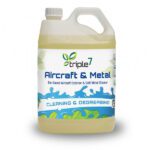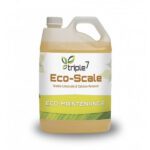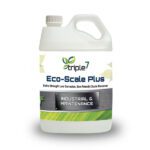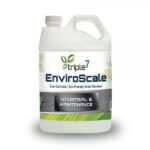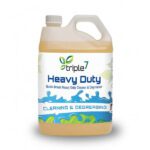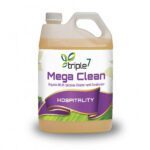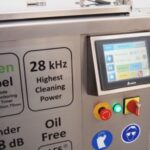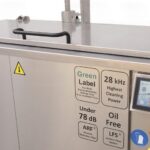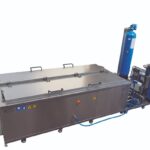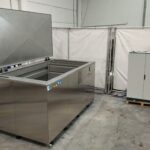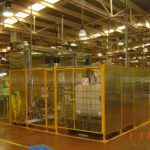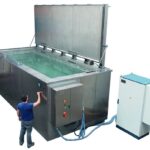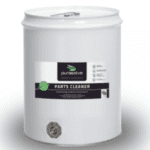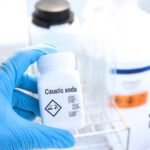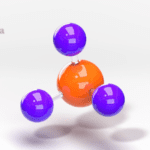There are several new industrial cleaning technologies that have the potential to challenge and possibly replace ultrasonic cleaners in the future. These technologies include:
- Plasma cleaning: Plasma cleaning uses ionized gas, or plasma, to remove contaminants from the surface of an object. It is often used to clean complex, three-dimensional shapes and can be effective for removing a wide range of contaminants, including oils, greases, and organic compounds.
- Laser cleaning: Laser cleaning uses a focused beam of laser light to vaporize contaminants from the surface of an object. It is often used to clean delicate or sensitive surfaces, and can be effective for removing a wide range of contaminants, including rust, oxides, and organic materials.
- High-pressure water jet cleaning: High-pressure water jet cleaning uses high-pressure jets of water to blast away contaminants from the surface of an object. It is often used to clean large areas or heavy deposits of contaminants, and can be effective for removing a wide range of materials, including dirt, grime, and heavy oils and greases.
- Dry ice blasting: Dry ice blasting uses high-pressure blasts of dry ice pellets to remove contaminants from the surface of an object. It is often used to clean delicate or sensitive surfaces, and can be effective for removing a wide range of contaminants, including dirt, grime, and heavy oils and greases.
- Sand blasting: Sand blasting uses high-pressure blasts of abrasive particles, such as sand, to remove contaminants from the surface of an object. It is often used to clean large areas or heavy deposits of contaminants, and can be effective for removing a wide range of materials, including rust, oxides, and heavy oils and greases.
- Vapor degreasing: Vapor degreasing involves using a solvent to dissolve and remove contaminants from the surface of an object. It is often used to remove heavy deposits of oils and greases, and can be effective for cleaning a wide range of materials, including metals, plastics, and ceramics.
- Electrolytic cleaning: Electrolytic cleaning uses an electric current to remove contaminants from the surface of an object. It is often used to remove heavy deposits of contaminants, such as rust and oxides, and can be effective for cleaning a wide range of materials, including metals and alloys.


It is worth noting that these technologies are not necessarily meant to replace ultrasonic cleaning, but rather to provide additional options for cleaning certain types of contaminants or surfaces. The best cleaning method will depend on the specific needs of the industry and the type of contaminants that need to be removed.

